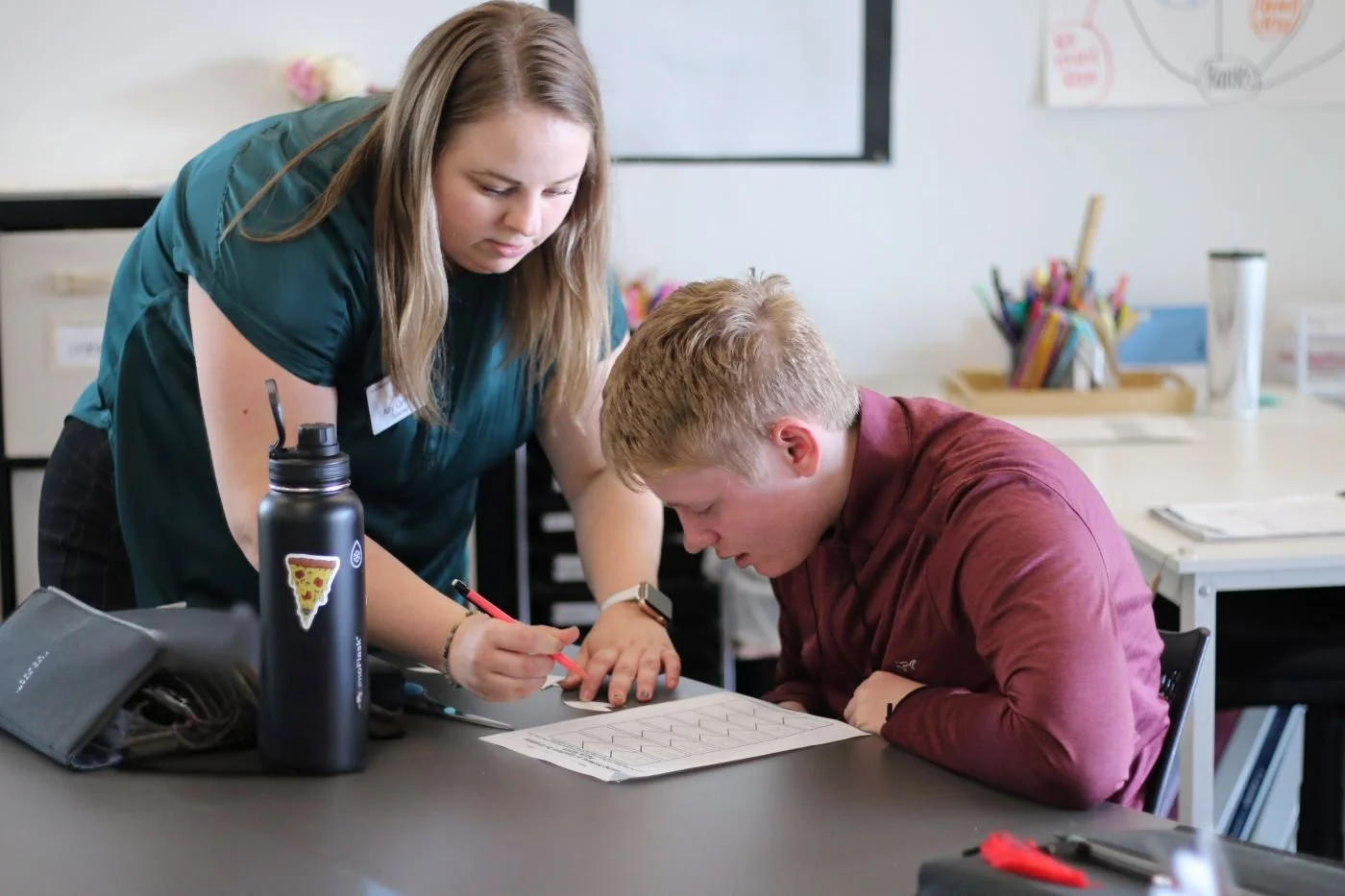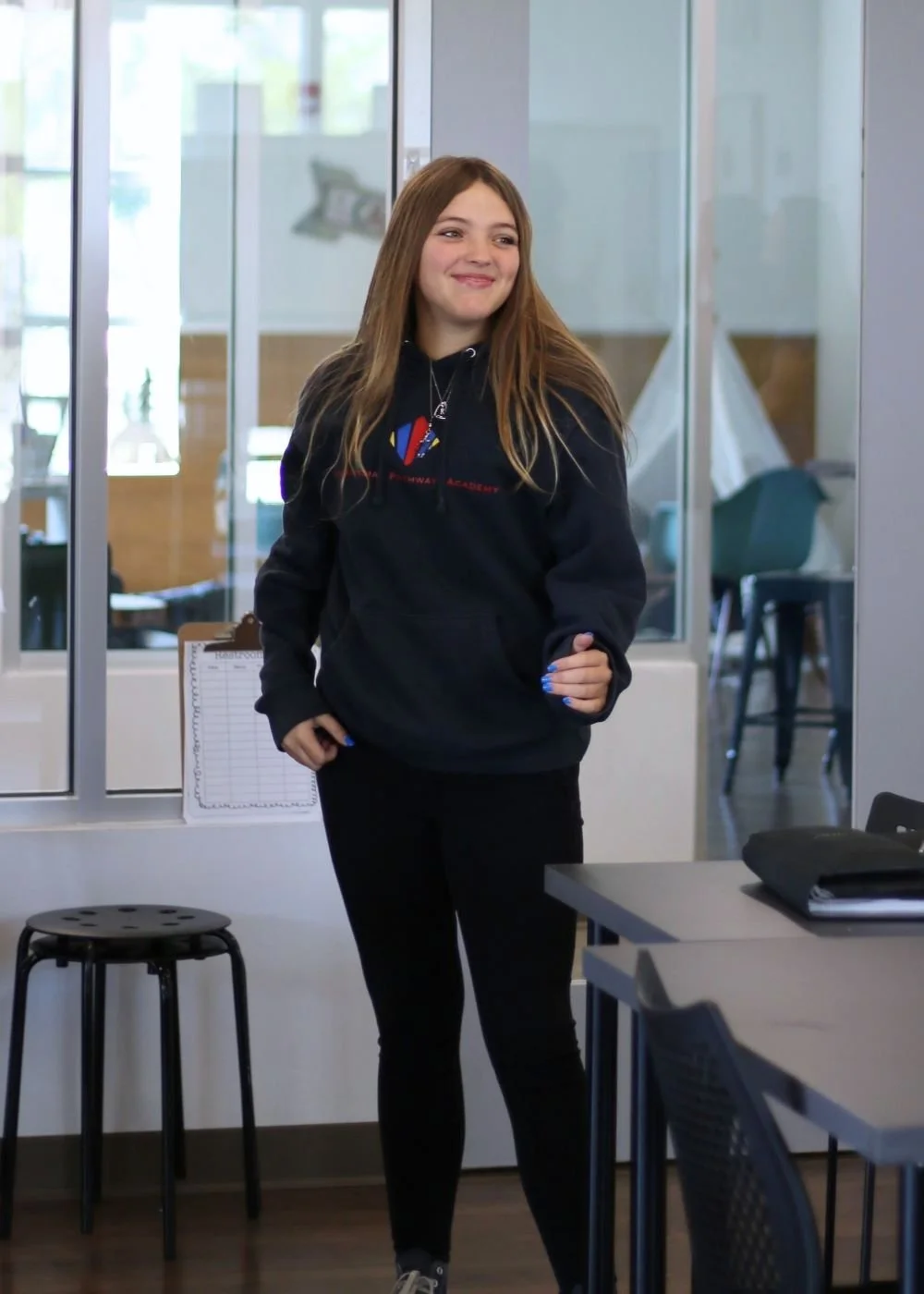Turning Abstract Math into Concrete Understanding
At Educational Pathways Academy (EPA), a private school for dyslexia and learning disabilities in Florida, we know that students with learning differences thrive when instruction is visual and interactive. Therefore, every lesson is intentionally designed to support the way our students learn best, by engaging multiple senses, encouraging movement, and breaking down complex ideas into structured, manageable steps.
Abstract concepts, such as those often found in math and science, can be difficult for students to grasp when taught in a purely theoretical way. At EPA, these ideas become accessible through hands-on, interactive instruction. When students can touch, move, and see concepts in action, they gain a clearer understanding and are more likely to retain what they’ve learned. This approach makes learning feel real, building both confidence and lasting comprehension.
Bringing Abstract Concepts to Life
In our high school Algebra class at our North Campus, students are learning to solve systems of equations, a key algebraic concept involving how two lines interact on a graph. There are three possible outcomes: the lines can intersect at one point, never intersect at all, or overlap completely as the same line.
To help students understand this concept, we used a variety of specialized techniques that made math feel both exciting and achievable. Rather than relying on rote memorization, students engaged in a series of purposeful, hands-on activities designed to bring math to life:
Tree Map – A Visual Thinking Strategy
Students began by using a Tree Map, a visual tool that helps organize and classify information, such as the three types of solutions. This approach makes it easier for students to see how concepts are connected, helping them better understand abstract ideas.
Modeling the Math
Next, students got moving! Through kinesthetic modeling, they represented equations by physically creating lines that were intersecting, parallel, or overlapping. This multisensory, body-based learning helps students “see” math in action and retain the information more effectively.
Interactive Matching Activity
In a final activity, students worked together to cut out and match graphs, solution points, and equation types. This hands-on activity encouraged teamwork and allowed students to engage directly with the material, reinforcing their understanding through both visual and tactile learning.
At EPA, we believe in making learning engaging and meaningful for all students. Through hands-on activities and visual tools, we help students connect with the material in ways that foster understanding and inspire a love for learning. Our approach builds confidence and empowers students, allowing them to grow and thrive on their learning journey.
Building Understanding Through Interactive Learning
See how our hands-on strategies bring abstract math to life!










